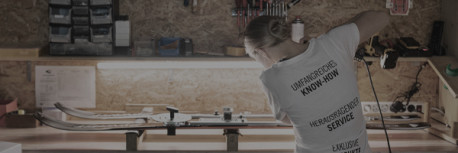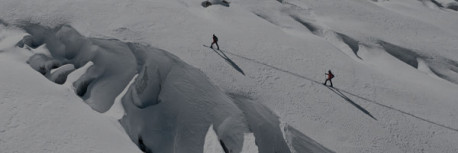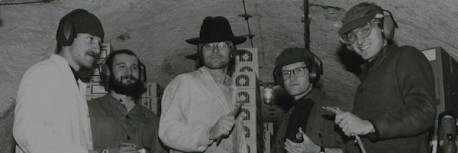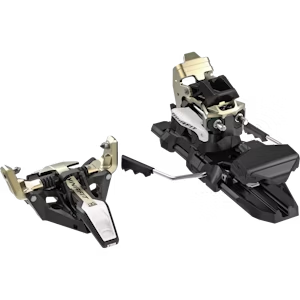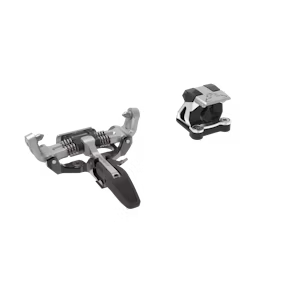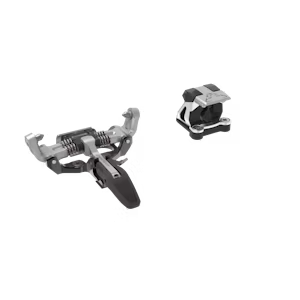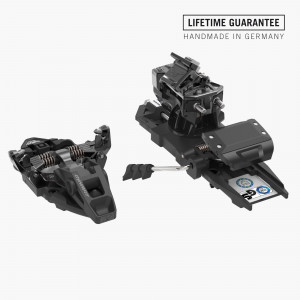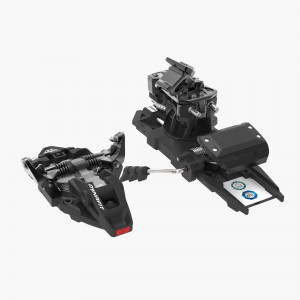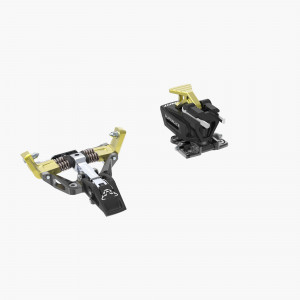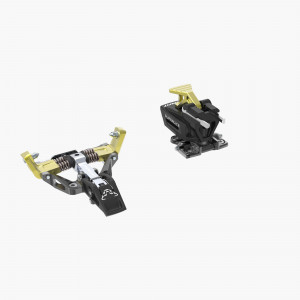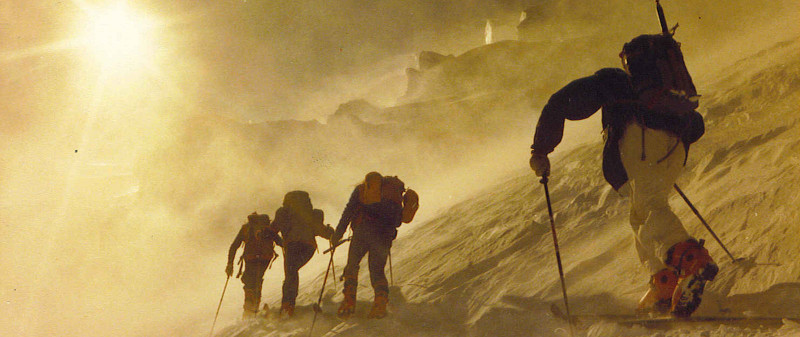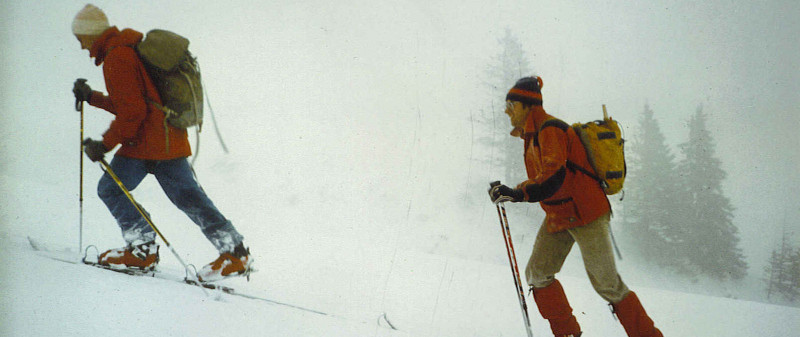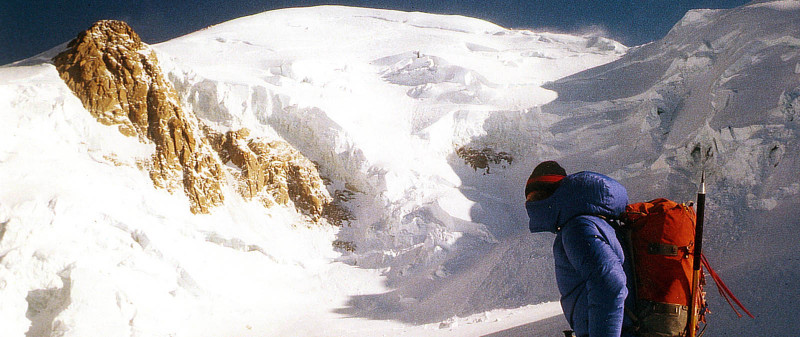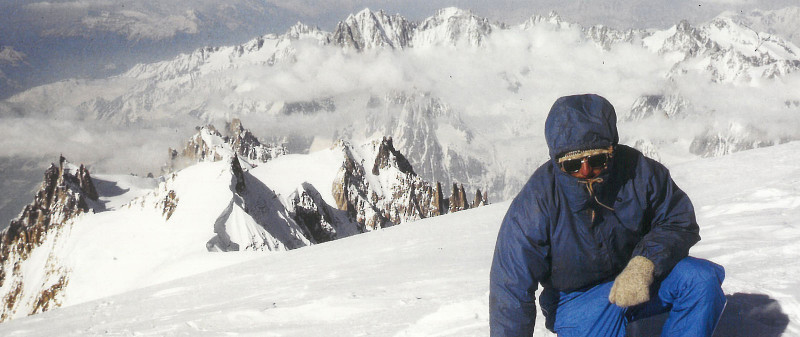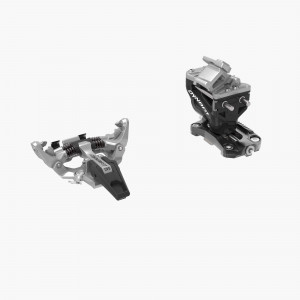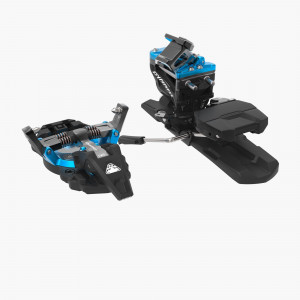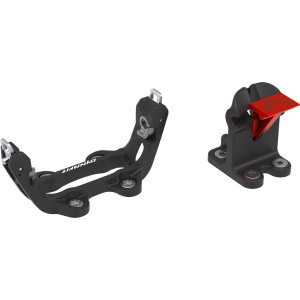Low Tech’s 30th Anniversary
Affected by minimalism and driven by enthusiasm marks the unique way of inventor Fritz Barthel to the revolutionary binding system of DYNAFIT.
Laziness drives progress. The art of omission. Low-Tech instead of high-tech.
In the early ‘80s, the young mechanical engineering student from near Kufstein went climbing with a friend in the Calanques in France. On the way home to Austria they went by Mont Blanc. Overwhelmed by the stunning view of the mighty and snow covered four-thousander they thought: “We could just fit this in.”
Not at all acclimatized, they headed out on the traverse from Aiguile du Midi, across du Tacul and Mt. Maudit. It was early in the year, and they had to break trail. Shortly before sunset, they reached the summit of Mont Blanc, totally done. Not the intense climbing sessions in the Calanques were responsible for the energy-sapping ascent of the two strong Alpinists but the heavy equipment was. In particular the two-meter long ski and heavy binding were demanding.
Less weight signifies saving energy
This experience was the jump-start for Fritz’s desire to have lighter gear. A do-it-yourselfer by hobby (he loved to build model airplanes as a kid), he immediately started to build a ski touring binding at home. Quickly, it became clear that the heavy binding frame had to be replaced with the boot if you really were to shave weight – weight that only had to be schlepped along with each step. Actually, a pretty self-evident and simple concept. An inventor’s saying held true: “Genius is 1 percent inspiration and 99 percent perspiration.”
Initially as nothing more than a hobby and without the pressure of commercialism, the student puttered around in his cellar workshop on the binding. It took a while and, along the way, he came up with some strange-looking contraptions. Reports from his friends doing the testing ranged from strong pessimism to total enthusiasm. At that time, during the advent of computers, everything had to be called “high-tech” to be successful. But what should this lightweight, mechanically simple binding be called? “Low-Tech,” of course! The name says it all.
Low-Tech: Then and now
After the “shitty first drafts” it took further 25 years for the revolutionary binding system to convince the majority of ski tourers all over the world. “Perseverance - a lowly virtue whereby mediocrity achieves an inglorious success”, Ambrose Bierce once said. Perhaps that was due to the unusually minimalistic appearance, comparatively speaking, or other peculiarities such as the step-in mechanism that it took so long. No matter how overwhelming skepticism was on the one hand, just as huge was its popularity among specialists and total enthusiasts.
Make a product from something more than nothing.
And what do alpinists do today? They use light gear as if there has never been anything else – and they go faster, higher and farther! The unique DYNAFIT boot-binding concept today has become the foundation of all other product developments, although this was not the intent of the inventor. Dynafit practices the credo of omission today just as it did 30 years ago: “Make a product from something more than nothing” is the DYNAFIT principle.
“Progress is made by lazy men looking for easier ways to do things.” That was certainly true of the Low-Tech, says Fritz Barthel.



